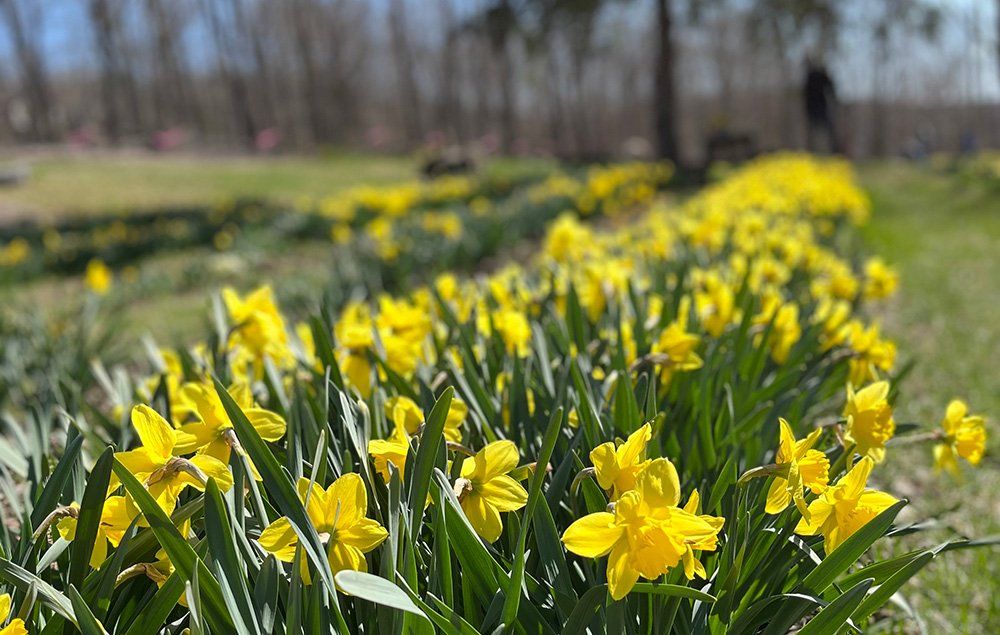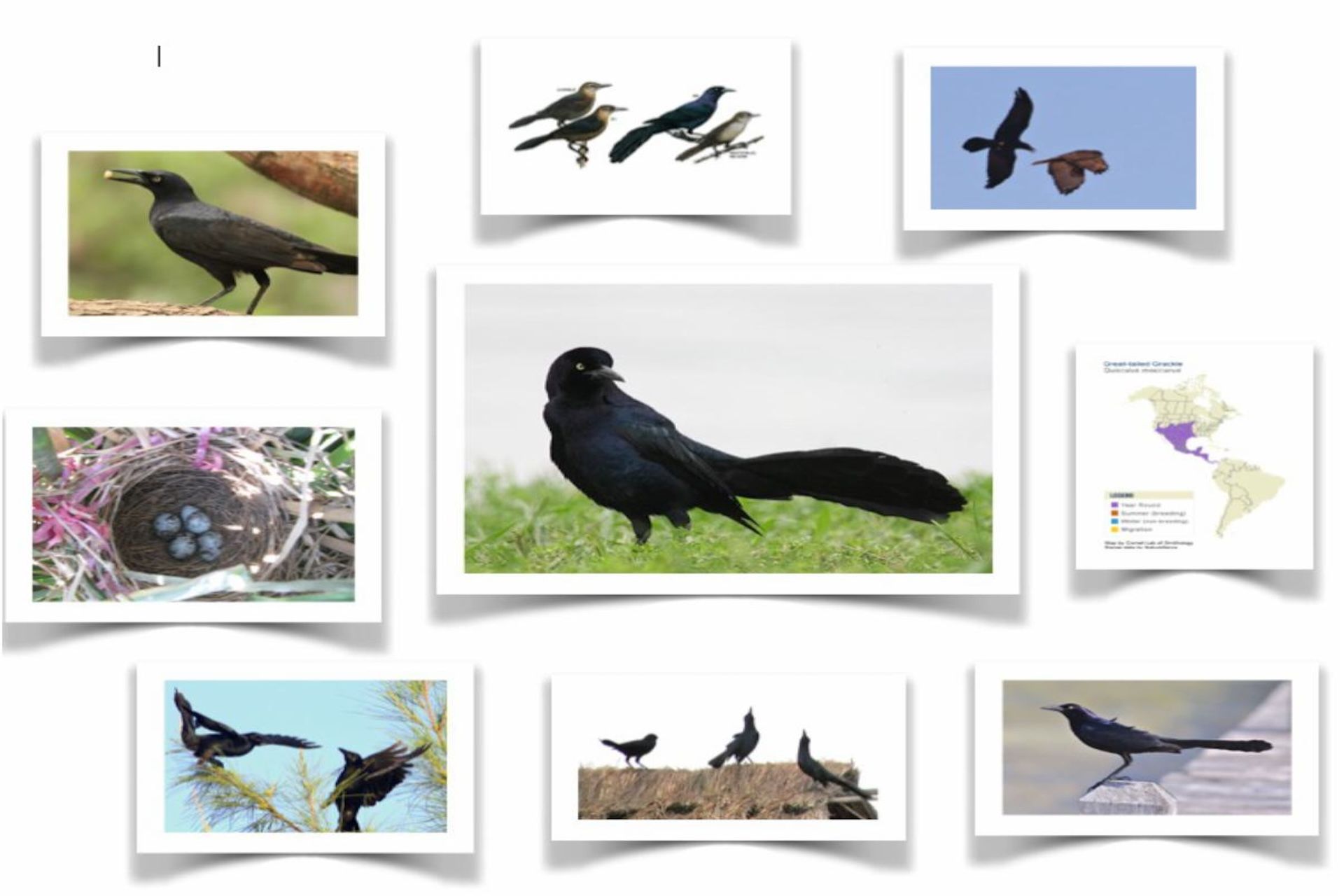Elementary School News Spring 2022

"How often is the soul of man - especially in childhood - deprived because he is not allowed to come in contact with nature." ~Maria Montessori

It is a joy to work with children in an environment where they are not only allowed but encouraged to explore the natural world. In the Willow Room, our elementary children have the opportunity to work daily in the outdoor classroom, to eat lunch outside as a community, and to take frequent field trips outdoors. Children during the elementary years want to better understand how the world works. By immersing ourselves in nature, the children's natural curiosity can inspire future investigations.
Recently we took a field trip to Dancing Daffodils, the pick-your-own daffodil farm at Halfinger Farms. The children learned about the many kinds of daffodils, including those with a split corona. This was an exciting entry-point for our children to launch our botany unit. It is much more exciting to learn about the parts of a flower by dissecting a daffodil yourself at the farm than it would be to memorize the names of parts on a worksheet! Children were especially surprised to learn that they should not pick any of the daffodil leaves at the farm, because after the plants have flowered the leaves help move the nutrients back into the bulbs. Learning this information while holding a dissected daffodil bulb in their hands made the information that much more impactful.
Since then, we have learned more about plants and how they fit into our biosphere. We began with a study of the Biosphere Nesting Boxes, which allow children to see how the struftures of our universe fit together, starting with our galaxy and moving all the way down to atoms. Some kids were naturally drawn to the idea (popularized in Carl Sagan's Cosmos) that systems look similar at the micro- and macro- level. Others were interested in how plants fit into the food chain and impact all of us. To explore that further, we submerged a freshly picked leaf in water and observed the bubbles of oxygen emerging from it. We then learned about photosynthesis and modeled the reaction that takes place.
Depending on their particular learning styles, children can engage with the ideas and questions that arise for them during these lessons in many ways. Some children have enjoyed creating watercolor paintings of flowers and researching information about the flowers that they painted. Many children have been drawn to working with the parts of a plant cell puzzle, while others have wanted practice modeling photosynthesis using molecular models.
We will continue building off of these learning experiences throughout the spring, both inside and outside of the classroom. We look forward to learning about plant classification and the many hikes we will take to see what plants we can find and classify on our own. Not only will students enjoy time outdoors, but they will build a deep understanding of botany as well as the intrinsic motivation to complete further research in class. What better reason to read and write than to answer our own burning questions?





